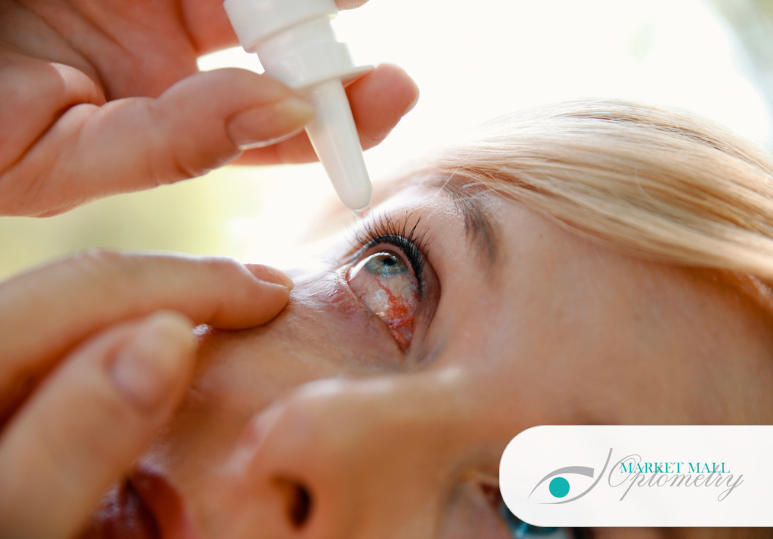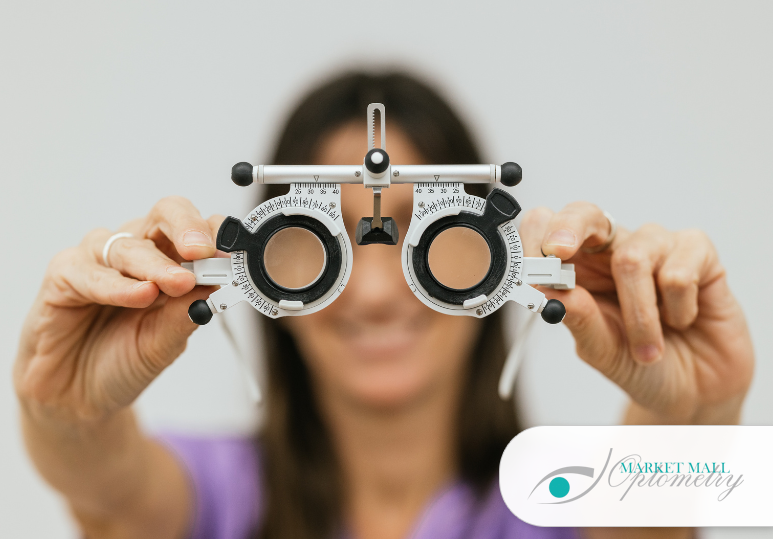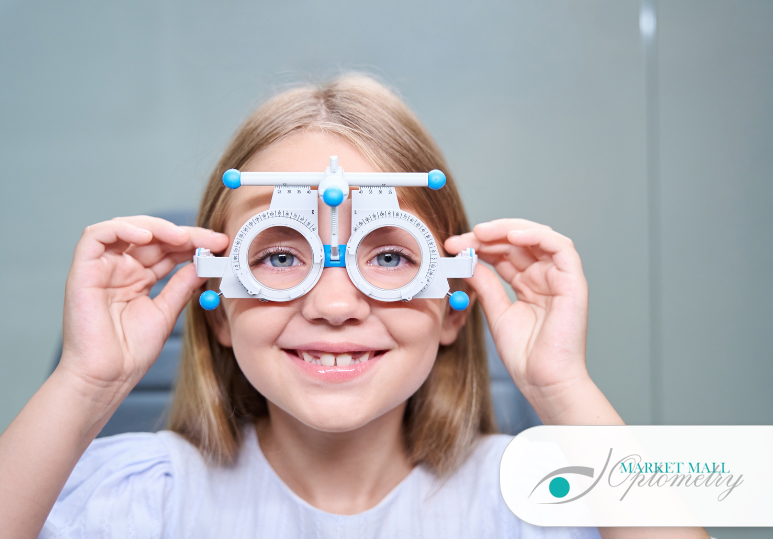Keratitis
This condition is characterized by corneal inflammation caused by viral, bacterial, or fungal intrusion in the eye. Wearing contact lenses for extended periods and direct contact with foreign bodies are the most common causes of keratitis. Symptoms for this condition include:
- Severe pain
- Blurred vision
- Tearing
- Redness
- Sensitivity to light
- Excessive discharge
If left untreated, keratitis can lead to corneal ulcers and eventually blindness. While not all forms of keratitis can be eliminated, most cases can be controlled by prescription eye drops and steroids.
Ocular Herpes
Caused by the same herpes simplex virus I (HSV I) that leads to cold sores and the sexually transmitted herpes simplex virus II (HSV II), ocular herpes is distinguished by sores on the cornea. Symptoms are similar to other corneal diseases: pain, inflammation, redness, and excessive tearing.
Ocular herpes is especially dangerous because it can both cause blindness and spread to other people. This eye condition cannot be cured, but symptoms and corneal damage can be controlled with antiviral drugs and steroid eye drops.
Shingles
Shingles, or herpes zoster, is a corneal disease associated with chickenpox. As a person gets older, the chickenpox virus that has remained dormant in their system for decades can reactivate and infect their eyes. The resulting sores on the cornea usually heal by themselves, though antiviral medication and steroid eye drops may be occasionally needed.
In rare cases, shingles do not fade away on their own. If left untreated, it can lead to enduring pain, permanent scars, glaucoma, and permanent vision loss.
Because the virus tends to reactivate at later stages of life, it is most dangerous to older people, especially those over 80. An effective way of preventing chickenpox-induced corneal disease is to get the varicella vaccine.
Corneal Degeneration
Corneal degeneration is a group of diseases that erodes your cornea’s structure. Keratoconus, for instance, thins your cornea as you age, blurring your vision and causing astigmatism or nearsightedness. Corneal dystrophy is an inherited condition that causes endothelial cells in the cornea to deteriorate, causing it to swell and worsening vision.
Treatment for corneal degeneration varies depending on the specific disease. Fortunately, most conditions respond well to prescription eye drops, surgery, and corneal transplant. Corrective measures such as glasses and contact lenses may be necessary for patients who have recovered from corneal degeneration.
Diagnosing Corneal Diseases In Calgary
Corneal diseases are among the most dangerous eye conditions due to their potential to cause permanent vision loss. Make sure to visit your optometrist whenever you experience symptoms such as eye pain, tearing, swelling, redness, and sensitivity to light. An eye exam can help your optometrist confirm your eye condition and stop its progression right in its track.
Whether your symptoms are due to corneal disease or another condition, our eye doctors have the experience and expertise to treat it. Our team of Calgary optometrists at Market Mall Optometry are available for regularly scheduled exams and emergency eye care. Connect with us at 403-286-4884 or fill out the online contact form to book a comprehensive eye exam today.
FAQs
Q: How often should I visit my optometrist?
A: Adults over the age of 18 should visit their eye doctor once every two years. Individuals over the age of 65 should visit their eye doctor annually.
Q: How can I prevent corneal diseases?
A: The best way to prevent corneal diseases is to maintain good ocular hygiene. Wearing contact lenses correctly and taking proper care of them will reduce the risk of bacterial and viral infection. As for inherited conditions, you can still minimize their effect on your vision by seeking early treatment.
Q: What is a corneal abrasion?
A: Corneal abrasion indicates a scratch on your cornea, usually caused by particulates being trapped under your eyelid.





